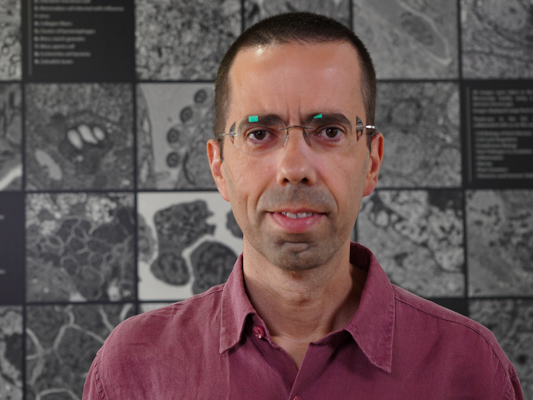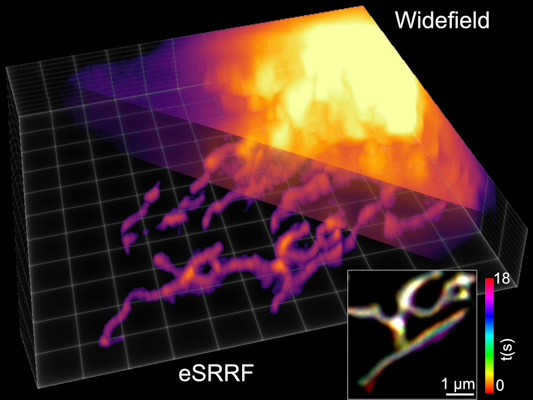
Membrane traffic
One third of proteins encoded by eukaryotic genomes undergo their biogenesis in an essential membranous organelle called the endoplasmic reticulum (ER)—the cell’s protein factory. Many of these proteins are integral membrane proteins, which must fold in the ER and be inserted into the ER membrane. Following their successful membrane import, these proteins are trafficked through a network of membranous organelles called the secretory pathway.
When membrane proteins are trafficked to their final destination (e.g. the plasma membrane) they fulfill multiple important physiological roles essential for eukaryotic life, including cell signaling.
Surprisingly, the complex biogenesis of many signaling proteins, including those associated with human diseases, remains poorly understood. This, combined with the fact that approximately 60% of current drugs target membrane proteins, illustrates the importance to understand how membrane proteins are successfully made, integrated into the membrane and trafficked within the secretory pathway.
The Membrane Traffic lab is interested in several aspects of membrane protein homeostasis (‘Proteostasis’) including how membrane proteins are made, degraded or trafficked within the secretory pathway.
We use a combination of cellular biochemistry and mouse physiology in our experimental approaches, focusing particularly on models of inflammation and/or metabolic homeostasis.
Our work currently focuses on three areas being developed:
- How membrane trafficking regulates signalling controlled by the metalloprotease ADAM17/TACE.
- Role of quality control in the secretory pathway in vivo in mice, during development and disease.
- Genetic screens to identify novel trafficking factors.
Publications




